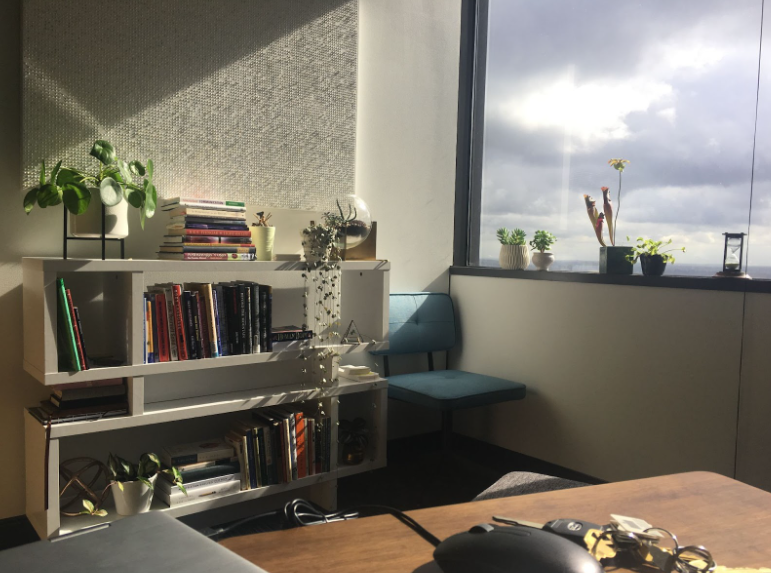Exploring the complexities of anxiety and its journey toward healing unveils a path filled with understanding and empowerment. By unraveling the layers of anxiety, individuals can gain a deeper understanding of their emotions and experiences. This journey as we explore the journey of anxiety, aiming to shed light on its roots and offer hope for healing.
Defining Anxiety and Understanding Its Prevalence
Did you know that anxiety is different from just feeling stressed or worried? While stress is a response to a specific cause and goes away once the problem is resolved, anxiety is often more pervasive, lasting for long periods of time and occurring without obvious reasons.
Anxiety is a mental health disorder characterized by feelings of worry, tension, or dis-ease that are strong enough to interfere with one’s daily activities. These manifestations of anxiety can be both physical and psychological, and this presents a complex challenge for individuals who are affected. The lack of understanding of the reason for the experience also adds to the frustration and difficulty of this experience.
According to the Anxiety and Depression Association of America, anxiety disorders are the most common mental illness in the U.S., affecting 40 million adults, or 18.1% of the population every year. Despite its high prevalence, only 36.9% of those suffering receive treatment. This gap highlights a critical need for greater awareness and understanding of anxiety and its implications. This need is something that Palladium Mind works to meet.
What’s more than the immediate emotional effects of the experience of anxiety, the real-life consequences of long-term, unaddressed anxiety can be significant and far-reaching. Prolonged anxiety has been linked to numerous physical health issues, including heart disease, diabetes, and chronic respiratory disorders. Moreover, it often leads to or compounds other mental health problems such as depression and substance abuse.
Something you may not realize is how, in the workplace, anxiety can diminish productivity, motivation, and the ability to focus, thus impacting both professional success and personal life quality. In a city like Seattle, where we have so much technology and infrastructure juxtaposed to our tranquil, natural landscapes, the pressures leading to anxiety can be oddly more pronounced.
In recognizing the depth and breadth of anxiety’s impact, it becomes clear that understanding this condition goes beyond recognizing its symptoms. One-size-fits-all solutions are inherently ineffective. A comprehensive grasp of anxiety’s prevalence, as well as the real-life implications for individuals and communities at large is crucial. This will lay the foundation for a more informed and compassionate approach to addressing the needs of those affected, encouraging the pursuit of treatments and coping strategies that address the root causes, not just the surface manifestations, of anxiety.
Beyond the Surface: The Root Causes of Anxiety
Anxiety is not merely a symptom; it’s a signal. A signal that often points towards deeper, unresolved issues such as trauma, along with the impact of various environmental stressors and lifestyle factors. It’s vital to realize: to truly navigate the labyrinth one can label as “anxiety,” we must understand these foundational elements:
Unresolved Trauma and Anxiety
Unresolved trauma sits heavily at the core of many anxiety disorders. Traumatic events—whether a single, life-altering incident or an accumulation of smaller, ‘micro’ traumas over time—can significantly disrupt the brain’s normal processing. The brain’s limbic system, responsible for regulating emotions and memories, can become overactivated. This can leave individuals in a constant state of hyperarousal, interpreting various situations as threatening, thus manifesting as anxiety. Understanding physiological mechanisms can demystify why some people may react anxiously in seemingly non-threatening situations. This is a good start.
Environmental Stressors and Anxiety
Our environments, too, play a substantial role in the development of anxiety. Continuous exposure to stressors, be it in high-pressure work environments or tumultuous personal relationships, can wear down our psychological defenses. The body’s stress response, designed to help us deal with immediate threats, can become chronically activated, leading to persistent anxiety. Learning effective stress management techniques can help mitigate these environmental contributors, although recognizing and removing oneself from such environments, when possible, is also crucial. Just becoming aware of the way that “flooding” works can start to shift difficult experiences.
Lifestyle Factors and Anxiety
Lifestyle factors including diet, exercise, and our relationship with technology significantly impact our mental health. A balanced diet and regular physical activity are proven buffers against stress and anxiety. Conversely, poor nutrition and a sedentary lifestyle can exacerbate anxiety symptoms. While social media can offer a sense of connection, it can equally serve as a source of anxiety when it prompts comparison and causes overstimulation. Setting healthy boundaries around digital consumption is essential for mental wellness.
Addressing anxiety effectively requires looking beyond its symptoms to these deeper issues. Healing begins with understanding the complex interplay of individual trauma, environmental stressors, and lifestyle choices. By directly addressing these root causes, individuals can embark on a journey towards sustainable mental wellness, rather than remaining caught in a cycle of symptom management.
Are you ready to personally uncover the roots of anxiety for yourself or a loved one? Palladium Mind is here to support you every step of the way. Reach out to us today to start on a path to a happier, more balanced life.



